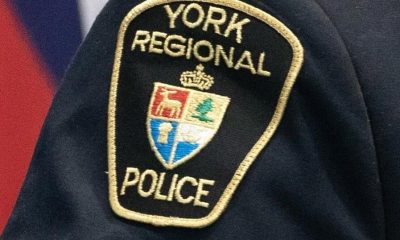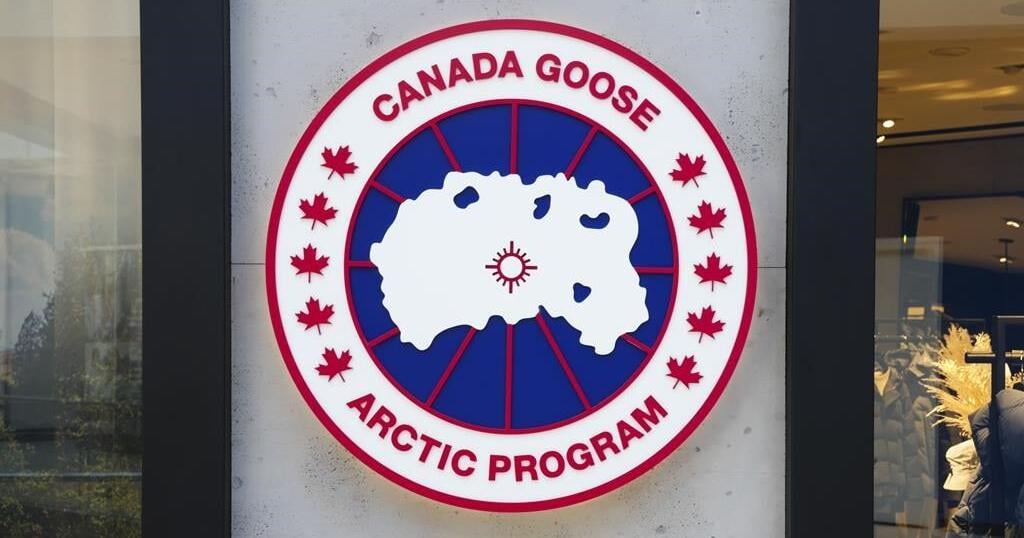This question can be answered by answering: What does the world see, your resume or your LinkedIn profile?
Whether you’re actively or passively looking for a new job, it’s no secret an up-to-date and engaging LinkedIn profile will get you noticed by employers and recruiters. Does this mean your resume is less important?
The short answer: No, however, it’s secondary to the importance of your LinkedIn profile.
Like a salesperson handing a prospect a brochure, a resume is a marketing tool you use to apply for a job. Your LinkedIn profile establishes your professional online presence, connects you with colleagues, companies, recruiters, and other professionals showcases your career, and is an intricate part of creating your personal brand. Most importantly, your LinkedIn profile can be a job opportunity magnet.
How you apply for a role will determine whether your resume or LinkedIn is first viewed. If the job application didn’t request that you submit a resume (e.g., you applied via ‘LinkedIn Easy Apply’), the hiring manager will view your LinkedIn profile directly.
If you upload/attach your resume to a job board, LinkedIn, or directly with the company, the hiring manager will first look at your resume and then look at your LinkedIn profile if they deem you might be a fit.
TIP: Include a link to your LinkedIn profile on your resume.
It doesn’t matter how good your resume is; hiring managers will review your LinkedIn profile and activities (comments, posts, endorsements, articles, and projects) and your digital footprint to decide if you’re interview-worthy.
In an ideal world, your resume will pass the employer’s Applicant Tracking System (ATS), then be read by the hiring manager, who’ll think you’re a possibility. Then, if the job search Gods are blessing you, after reviewing your LinkedIn profile and social media activity (e.g., Facebook, Twitter, Instagram), the hiring manager will say to themselves, “I have to meet this person!”
Not long ago, the purpose of your resume was to land an interview. The goal of a resume today is to get the reader to visit your LinkedIn profile, so they learn more about you, your work, qualifications, and your career story.
The following are the distinguishing factors between your resume and LinkedIn profile:
LinkedIn:
- Opportunity to tell your career story. (past, current and ongoing) Your LinkedIn profile is a place for details, context, vivid pictures, and engagement—all that glitter you edit from your resume to make it two pages.
- Isn’t formal. Put yourself in the reader’s position—third person resume language isn’t what readers lean into. Use a conversational tone. Include details that humanize you. Don’t just describe what you do; explain why you enjoy it.
- You can support your claims. Your resume is taken at face value. Visiting your LinkedIn profile and interviewing you is how your skills and experience are formally accessed. Take full advantage of your LinkedIn profile to showcase your skills, talents, and career achievements. Your profile should have recommendations, articles you’ve published, and projects you’ve facilitated or been a part of.
- Keywords (reason for). For your LinkedIn profile to be effective, it needs to be keyword optimized, but for a different reason than using keywords throughout your resume to pass an employer’s ATS. Including keywords related to your skills, experience, and desired role, will result in your profile appearing more often and higher in LinkedIn searches by employers and recruiters.
- A profile picture. This is non-negotiable. Period.
Resume:
- Organic document. Your LinkedIn is static and only modified to add achievements and job changes. To maximize your resume’s efficiency, you need to tailor it to the specific job requirements of the position you’re applying for.
- Concise. Get to the point. Only highlight (bullet points) your skills and experience relevant to the job you’re applying for.
- Keywords (reason for). Your resume needs to get past the employer’s/recruiter’s ATS. Mine keywords by referring to the job ad, especially qualifications and the company’s website. Use these keywords throughout your resume to get past the company’s ATS.
- Formal. A resume is a formal document written in the third person and has a professional tone.
- No picture. Never include a picture on your resume.
Due to its length limitations, your resume doesn’t allow you to present the best version of your experience, skills, and background. On the other hand, a LinkedIn profile enables you to present a comprehensive career story with supporting backups. This, plus LinkedIn’s global reach, is why I suggest you give your LinkedIn profile “slightly” more love than your resume.
______________________________________________________________
Nick Kossovan, a well-seasoned veteran of the corporate landscape, offers advice on searching for a job. You can send Nick your questions at artoffindingwork@gmail.com.
Related


































